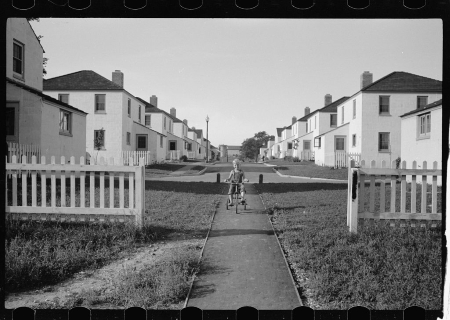
Evie is a 2024 graduate of UW-Madison with a B.A. in Political Science and Environmental Studies and certificates in Public Policy and History. After undergrad, she will be pursuing her Master of Public Affairs with a concentration in Environmental Policy and Natural Resource Management at Indiana University. She has always loved history and is honored to have had the opportunity to publish her work in Wisconsin 101. She would like to issue a special thanks to her biggest supporters: her family and friends, particularly her father and grandmother who most inspired her love of history.
By this Author:

Object History: Jack Slaske's Tool Set
In the holdings of the Greendale Historical Society is an unassuming set of tools, comprised of hand saws, planes, braces and drill bits, among other items. Though these were mass manufactured and similar tools exist all across the country, these particular tools are a piece of Greendale’s history as well as a piece of the larger American story of the New Deal and the Greenbelt community program of the 1930s.

Greendale, Greenhills, and Greenbelt: The Government's "Green" Towns
The Greenbelt towns were the brainchild of Rexford Guy Tugwell, an economist who served as President Franklin D. Roosevelt’s Undersecretary of Agriculture in 1934 and 1935. A policy advisor to President Roosevelt, Tugwell believed that he could effectively combat the Depression-era issues of both poverty and homelessness in one policy—hiring unemployed men to build towns of government-owned homes that could, in turn, be leased to Americans who were otherwise struggling to afford housing.

The New Deal in Wisconsin (and Beyond)
State policies in Wisconsin during the 1930s were largely inspired by Roosevelt’s New Deal. Between 1930 and 1938, the state enacted several measures that came to be known as Wisconsin’s “little New Deal”. These included a bill of rights for union members, unemployment compensation, industrial fair practice codes, and rural electrification.